Home>Dining>Tableware>Why Do I Get Rust Spots On My Cutlery From The Dishwasher
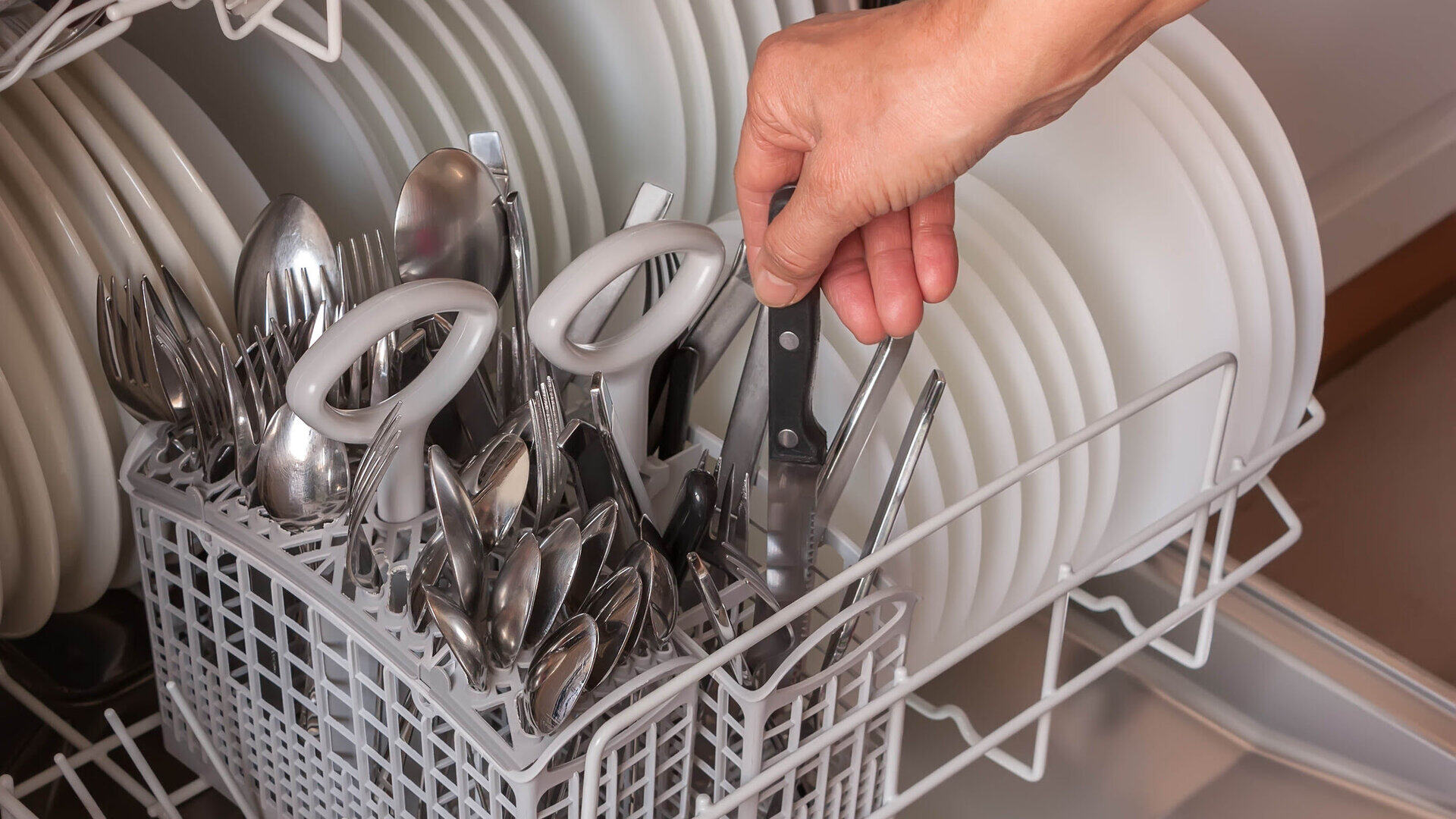

Tableware
Why Do I Get Rust Spots On My Cutlery From The Dishwasher
Modified: April 23, 2024
Learn why your tableware develops rust spots when cleaned in the dishwasher and how to prevent it. Find effective solutions for maintaining your cutlery's shine and longevity.
(Many of the links in this article redirect to a specific reviewed product. Your purchase of these products through affiliate links helps to generate commission for Storables.com, at no extra cost. Learn more)
Introduction
There’s nothing more frustrating than pulling your freshly washed cutlery out of the dishwasher, only to find rust spots covering the once shiny blades and handles. You may be wondering why this keeps happening and how you can prevent it. In this article, we will delve into the causes of rust spots on cutlery in the dishwasher and provide you with effective solutions to keep your tableware looking its best.
The dishwasher is a convenient and time-saving appliance when it comes to cleaning your dishes and cutlery. However, the combination of water, heat, and detergent can sometimes lead to undesirable outcomes, such as rust spots. Understanding the factors that contribute to this issue will help you take the necessary steps to prevent it from happening.
So, what causes rust spots on cutlery in the dishwasher? There are a few key factors at play, including the mineral content in your water, the temperature inside the dishwasher, and the presence of acidic food remnants on your cutlery.
High mineral content in water is a common culprit when it comes to rust spots. Certain minerals, such as iron and manganese, can oxidize and form deposits on your cutlery. These deposits can lead to the formation of rust spots over time. If you live in an area with hard water, which has a higher mineral content, you may be more prone to experiencing this issue.
The temperature inside the dishwasher can also contribute to the development of rust spots. Excessive heat can accelerate the oxidation process, causing the protective layer on your cutlery to break down more quickly. Additionally, if your dishwasher’s heating element is faulty or set too high, it can exacerbate the problem.
Another factor to consider is the presence of acidic food remnants on your cutlery. Foods like tomato sauce, citrus fruits, and vinegar contain acids that can react with the metal, leading to corrosion and the formation of rust spots. It’s important to properly rinse your cutlery before loading it into the dishwasher to remove any acidic residue.
Now that we understand the factors that contribute to rust spots, we can explore the role of dishwasher detergents and how they can affect the appearance of your cutlery.
Key Takeaways:
- Say goodbye to frustrating rust spots on your cutlery by using distilled water or water softeners to reduce mineral deposits. Properly rinsing cutlery and maintaining dishwasher components can also prevent unsightly rust spots.
- Keep your cutlery rust-free and pristine by choosing a dishwasher detergent compatible with your water type and using the proper dosage. Lowering dishwasher temperature and proactive maintenance are key to preventing rust spots.
Read more: Why Do Mirrors Get Black Spots
What causes rust spots on cutlery in the dishwasher?
The formation of rust spots on cutlery in the dishwasher can be attributed to several factors. Understanding these causes can help you identify the root of the problem and take appropriate measures to prevent it. Let’s explore each of these factors in detail:
- High mineral content in water: One of the primary causes of rust spots is the presence of minerals like iron and manganese in the water supply. These minerals can oxidize and form deposits on the surface of your cutlery, leading to the development of rust spots over time. Hard water, which has a higher mineral content, is often the main culprit behind this issue. If you live in an area with hard water, you may notice an increased frequency of rust spots on your cutlery.
- Excessive heat in the dishwasher: The high temperatures inside the dishwasher can accelerate the oxidation process, causing the protective layer on your cutlery to break down more quickly. This can make the metal more susceptible to rust formation. If your dishwasher’s heating element is faulty or set too high, it can further exacerbate the problem. It’s important to ensure that your dishwasher is operating at the proper temperature to minimize the risk of rust spots on your cutlery.
- Contact with acidic food remnants: Another common cause of rust spots is the contact between your cutlery and acidic food residues. Foods like tomato sauce, citrus fruits, and vinegar contain acids that can react with the metal, leading to corrosion and the formation of rust spots. If you don’t properly rinse your cutlery before loading it into the dishwasher, these acidic residues can linger and cause damage over time. Taking the time to thoroughly rinse your cutlery can help prevent this issue.
These factors can work individually or in combination to contribute to the development of rust spots on your cutlery. It’s important to be aware of these causes and take proactive measures to prevent rust formation and keep your cutlery in pristine condition.
Factors that contribute to rust spots
Rust spots on cutlery in the dishwasher can be a frustrating and unsightly problem. Understanding the factors that contribute to this issue is crucial in finding effective solutions. Here are three key factors that can lead to the development of rust spots:
1. High mineral content in water: The mineral content in your water supply plays a significant role in the formation of rust spots on cutlery. Water with high mineral content, often referred to as hard water, contains elevated levels of minerals such as iron and manganese. These minerals can react with the metal surface of your cutlery and promote the formation of rust spots over time. If you notice that your area has hard water, it’s important to be aware of this potential issue and take preventive measures.
2. Excessive heat in the dishwasher: The temperature inside the dishwasher is another contributing factor to rust spots. When the dishwasher operates at high temperatures, it accelerates the oxidation process, causing the protective layer on cutlery to break down faster. As a result, the metal becomes more susceptible to rust formation. An overheating dishwasher or a faulty heating element can further exacerbate this problem. It’s essential to ensure that your dishwasher is set to the appropriate temperature to minimize the risk of rust spots on your cutlery.
3. Contact with acidic food remnants: Acidic food residues left on cutlery can also contribute to the development of rust spots. Foods such as tomato sauce, citrus fruits, and vinegar contain acids that can corrode the metal surface, leading to rust formation over time. To prevent this, it’s crucial to thoroughly rinse your cutlery before placing it in the dishwasher. By removing any acidic residues, you can reduce the chance of rust spots appearing on your tableware.
These three factors act independently or in conjunction to increase the likelihood of rust spots on cutlery in the dishwasher. By understanding these causes, you can take appropriate measures to mitigate the risk and keep your cutlery looking its best.
To prevent rust spots on cutlery from the dishwasher, make sure to promptly remove the cutlery from the dishwasher after the cycle is complete and thoroughly dry them with a soft cloth. Additionally, consider using a rinse aid to prevent water spots and ensure proper maintenance of the dishwasher to prevent rust buildup.
The role of dishwasher detergents
Dishwasher detergents play a crucial role in the cleaning process and can also affect the appearance of your cutlery. Understanding their role is essential in preventing the formation of rust spots. Here are some key points to consider:
Cleaning power: Dishwasher detergents are designed to remove food residues, grease, and stains from your dishes and cutlery. They contain various ingredients like enzymes, surfactants, and bleaching agents that work together to break down and remove these substances. The cleaning power of the detergent helps to eliminate any acidic food remnants that could potentially contribute to rust spots on your cutlery.
Residue prevention: Quality dishwasher detergents are formulated with anti-spotting agents and rinse aids to minimize the likelihood of residue remaining on your cutlery after the washing cycle. These agents help to prevent the formation of mineral deposits and water spots that can lead to rust spots over time. Choosing a detergent that specifically mentions anti-spotting or spot-free results can be beneficial in ensuring the cleanliness and appearance of your cutlery.
Compatibility with different water types: Some dishwasher detergents are specifically developed to be effective in hard water conditions. They contain water softening agents that help to counteract the effects of high mineral content in the water. Using a detergent that is suitable for hard water can minimize the risk of mineral deposits and rust spots on your cutlery.
Proper dosage: It’s important to follow the manufacturer’s instructions regarding the recommended dosage of dishwasher detergent. Using too much detergent may lead to excessive suds and residue on your cutlery. On the other hand, using too little detergent may result in inadequate cleaning, leaving behind food residues that can contribute to rust spots. Maintaining the proper balance in detergent usage is crucial for achieving optimal cleaning results and preventing rust spots on your cutlery.
Choosing a high-quality dishwasher detergent and using it correctly can significantly impact the appearance and cleanliness of your cutlery. By selecting a detergent that is effective in your water conditions and following the recommended dosage, you can minimize the risk of rust spots and maintain the beauty of your tableware.
Prevention and solutions for rust spots
Rust spots on cutlery can be frustrating, but there are several preventative measures and solutions you can implement to minimize their occurrence. Here are some effective methods:
1. Using distilled water or water softeners: If you live in an area with hard water, using distilled water or a water softener can be beneficial in reducing mineral deposits on your cutlery. Distilled water is free from minerals, while water softeners work by removing or neutralizing the minerals that cause hardness. By using these alternatives, you can prevent the oxidation and formation of rust spots on your cutlery.
2. Lowering dishwasher temperature: Excessive heat in the dishwasher can accelerate rust formation on cutlery. Lowering the dishwasher’s temperature or using a lower heat setting can help prevent this issue. It’s important to note that certain dishwasher models may have specific temperature recommendations, so consult your dishwasher’s manual for the appropriate settings.
3. Properly rinsing cutlery before loading: Avoiding contact between acidic food remnants and cutlery is crucial in preventing rust spots. Before placing your cutlery in the dishwasher, ensure that you thoroughly rinse off any acidic residues. This simple step can significantly reduce the chance of these residues causing corrosion on your cutlery.
4. Regular maintenance of dishwasher components: The proper maintenance of your dishwasher can also help prevent rust spots. Clean the interior of the dishwasher regularly, including the spray arms, filters, and any other removable components. By removing any buildup or debris, you can ensure that your dishwasher functions optimally and doesn’t contribute to the formation of rust spots on your cutlery.
By incorporating these preventative measures and solutions into your routine, you can effectively minimize the occurrence of rust spots on your cutlery and maintain its pristine appearance.
Read more: Why Do I Get Sick From Air Conditioning
Conclusion
Rust spots on cutlery in the dishwasher can be a frustrating and unsightly problem. However, by understanding the factors that contribute to this issue and implementing preventative measures, you can keep your tableware in pristine condition.
High mineral content in water, excessive heat in the dishwasher, and contact with acidic food remnants are common causes of rust spots. By using distilled water or water softeners, lowering the dishwasher temperature, properly rinsing cutlery before loading, and regularly maintaining dishwasher components, you can significantly reduce the risk of rust spots.
Additionally, choosing a dishwasher detergent that is compatible with your water type, contains anti-spotting agents, and using the proper dosage can also help prevent the formation of rust spots on your cutlery.
Remember, prevention is key. Taking proactive steps to minimize the factors that contribute to rust spots will help maintain the appearance and longevity of your cutlery.
By implementing these preventative measures and solutions, you can enjoy sparkling clean and rust-free cutlery every time you run your dishwasher. Say goodbye to those frustrating rust spots and hello to beautiful, flawless tableware.
Frequently Asked Questions about Why Do I Get Rust Spots On My Cutlery From The Dishwasher
Was this page helpful?
At Storables.com, we guarantee accurate and reliable information. Our content, validated by Expert Board Contributors, is crafted following stringent Editorial Policies. We're committed to providing you with well-researched, expert-backed insights for all your informational needs.
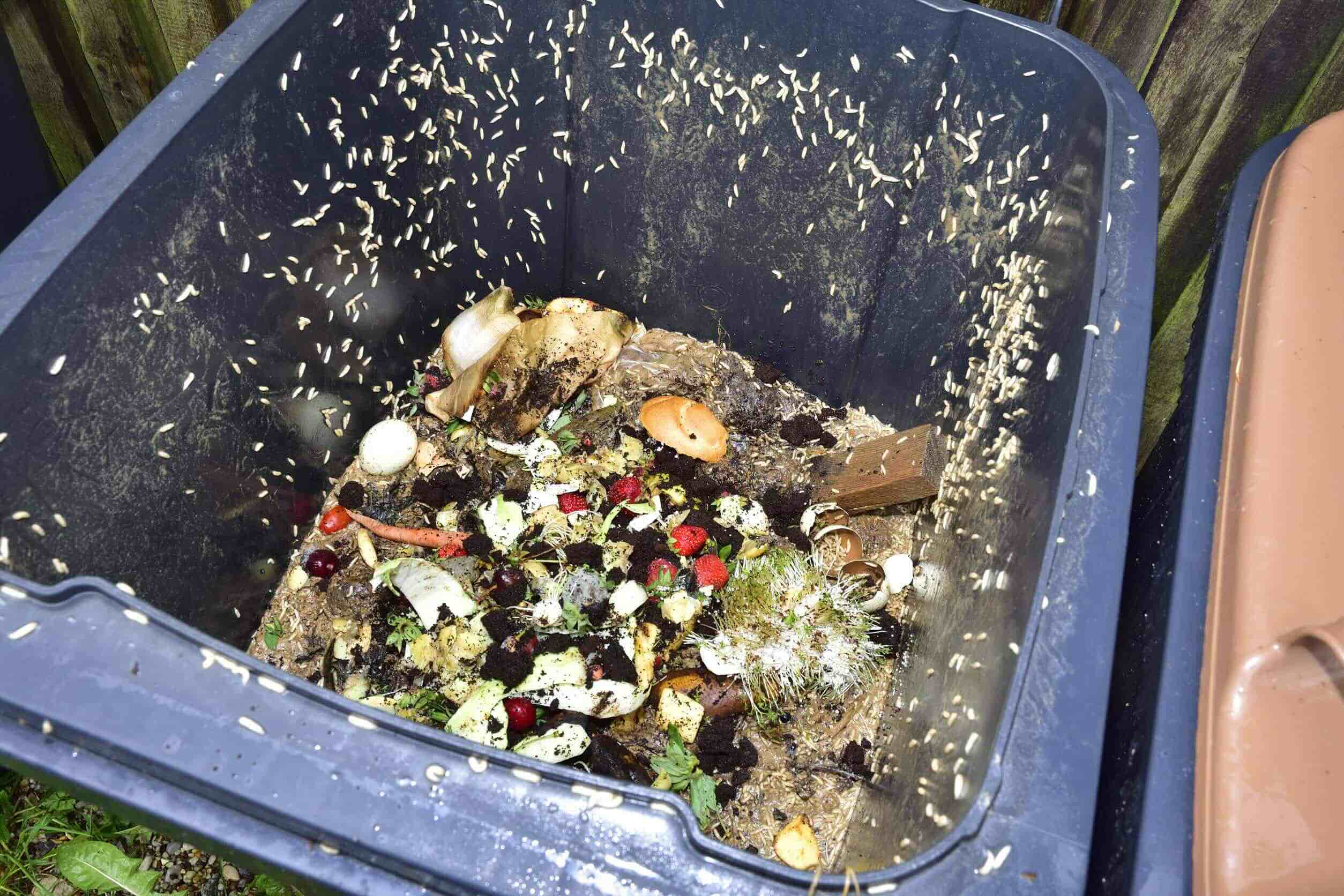

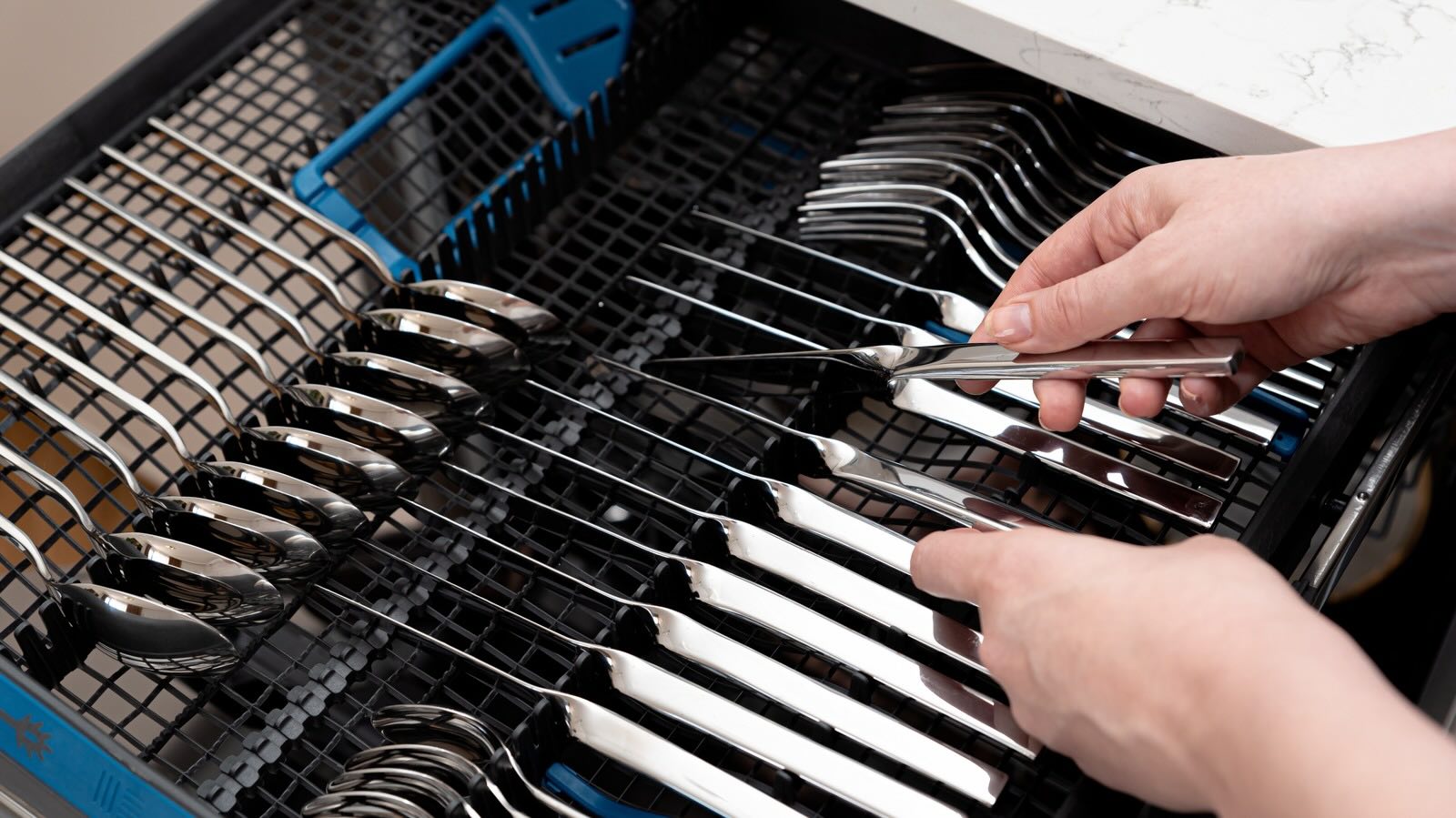
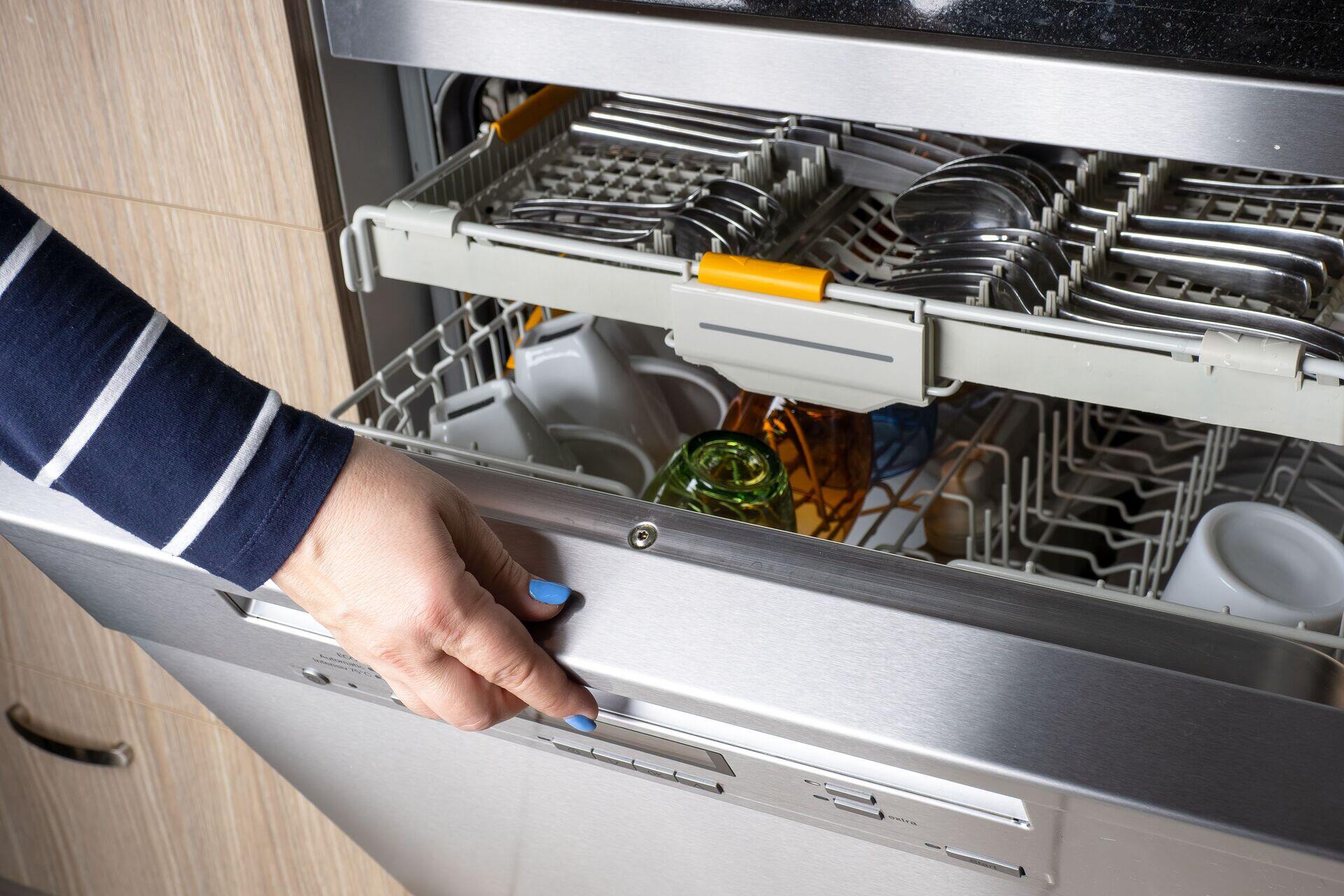
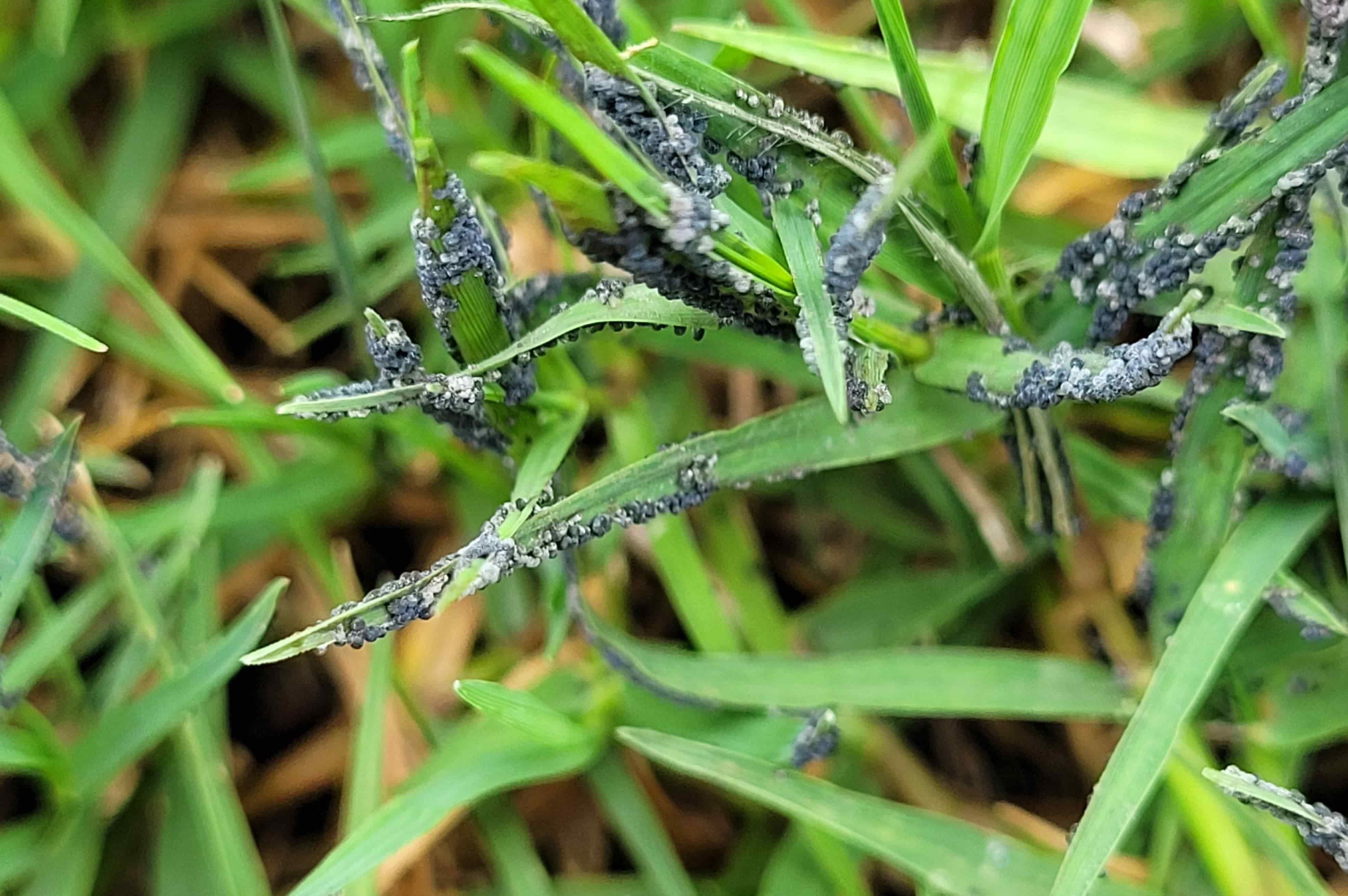

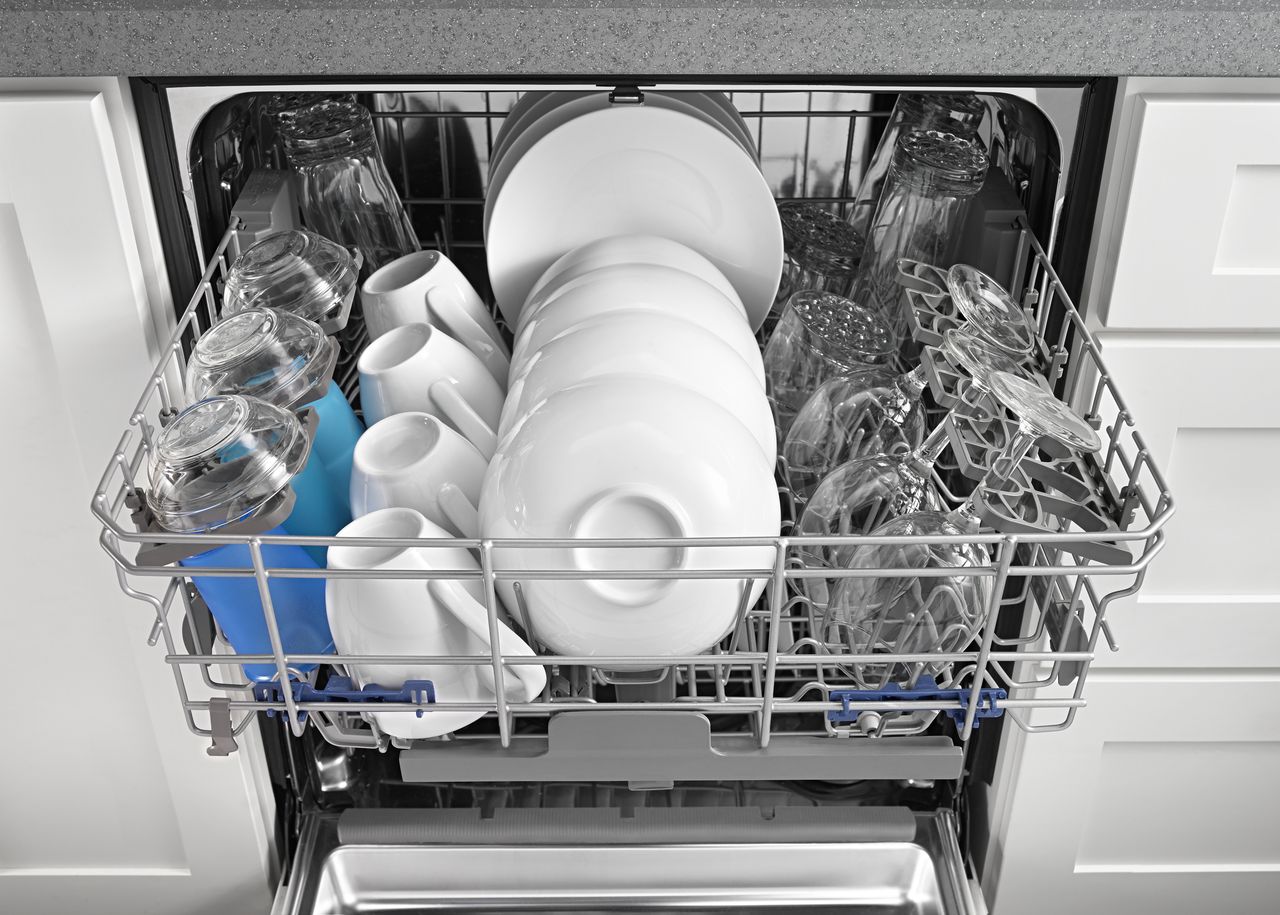
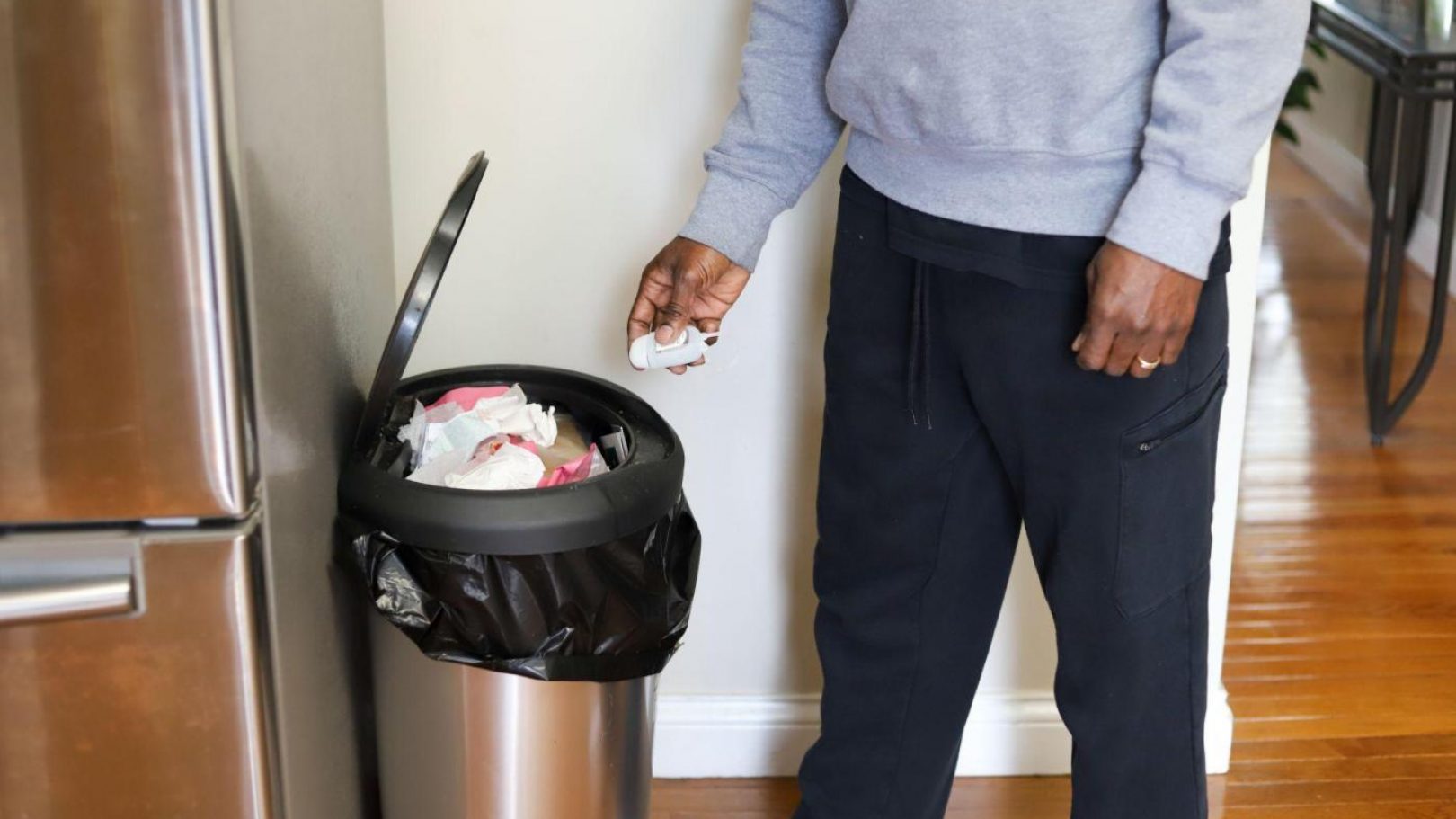


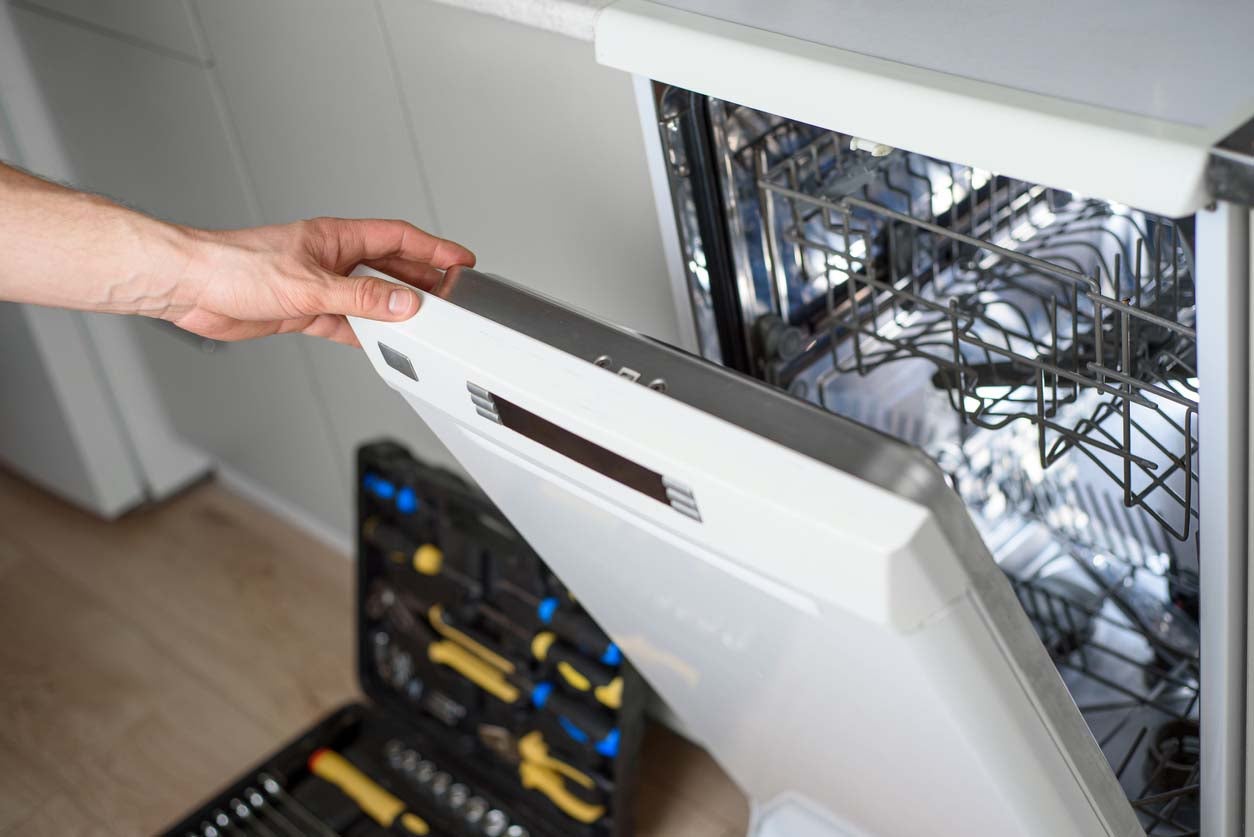

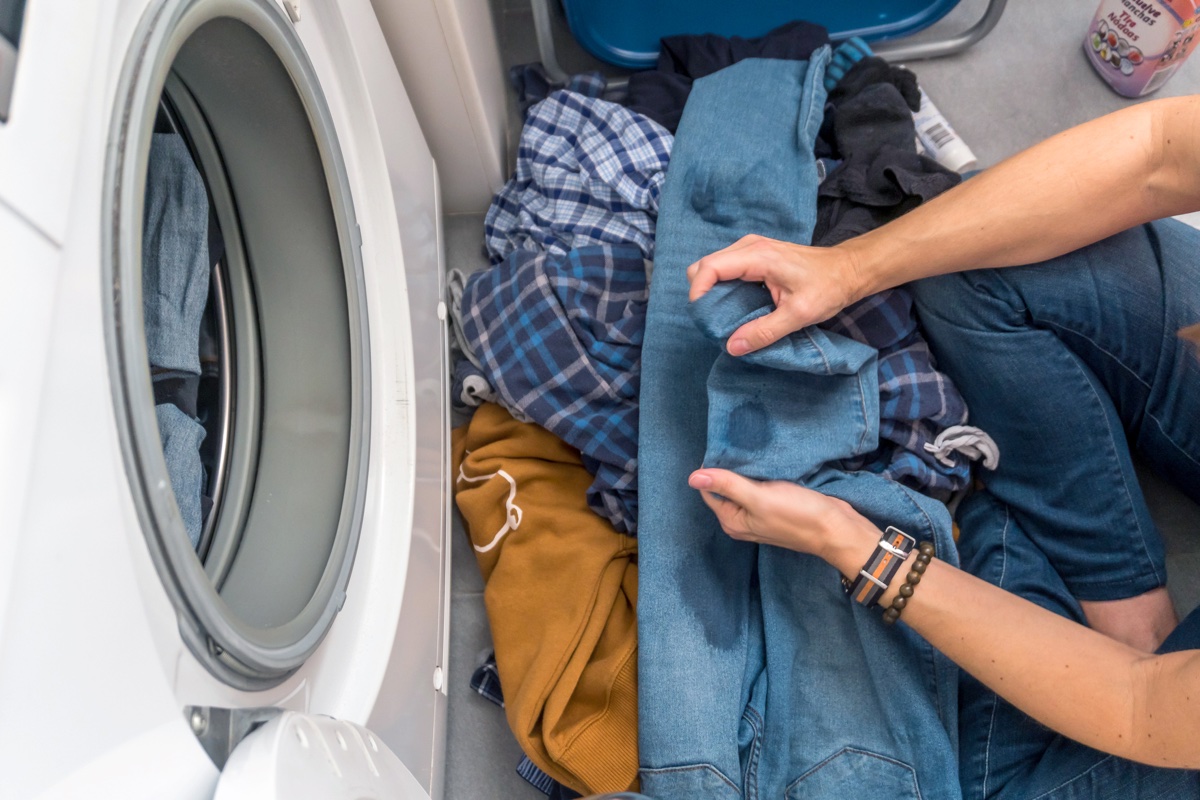
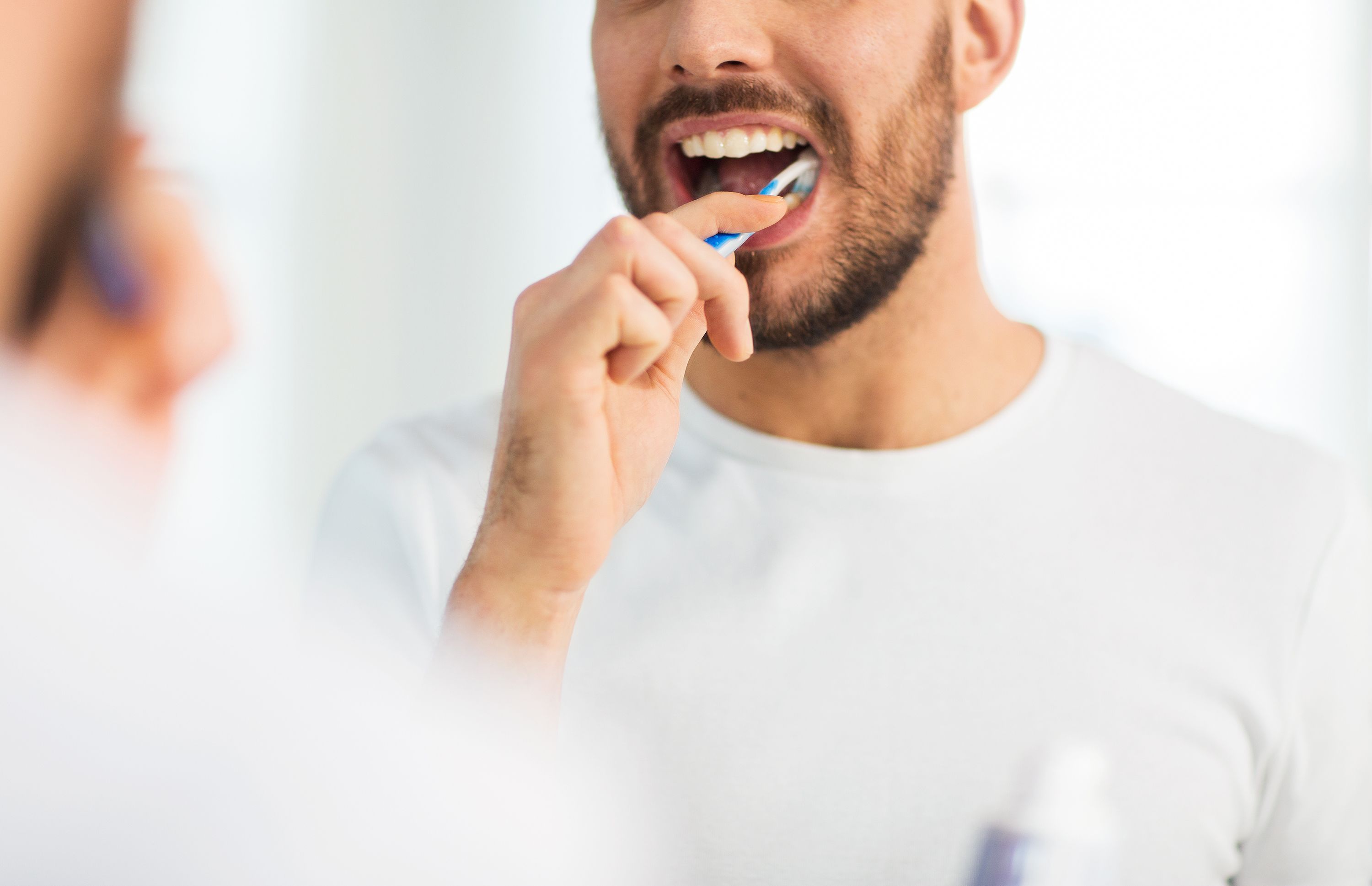

0 thoughts on “Why Do I Get Rust Spots On My Cutlery From The Dishwasher”